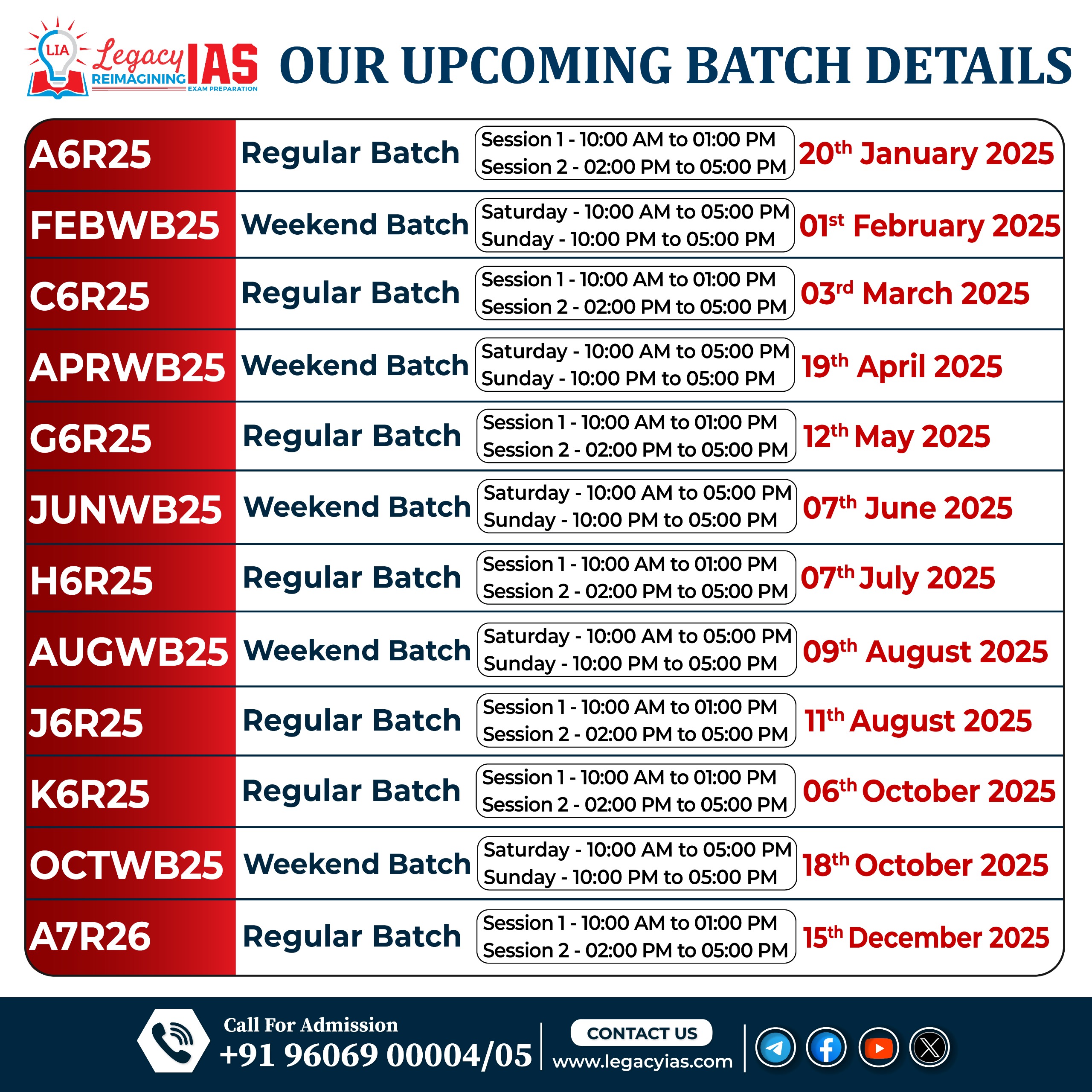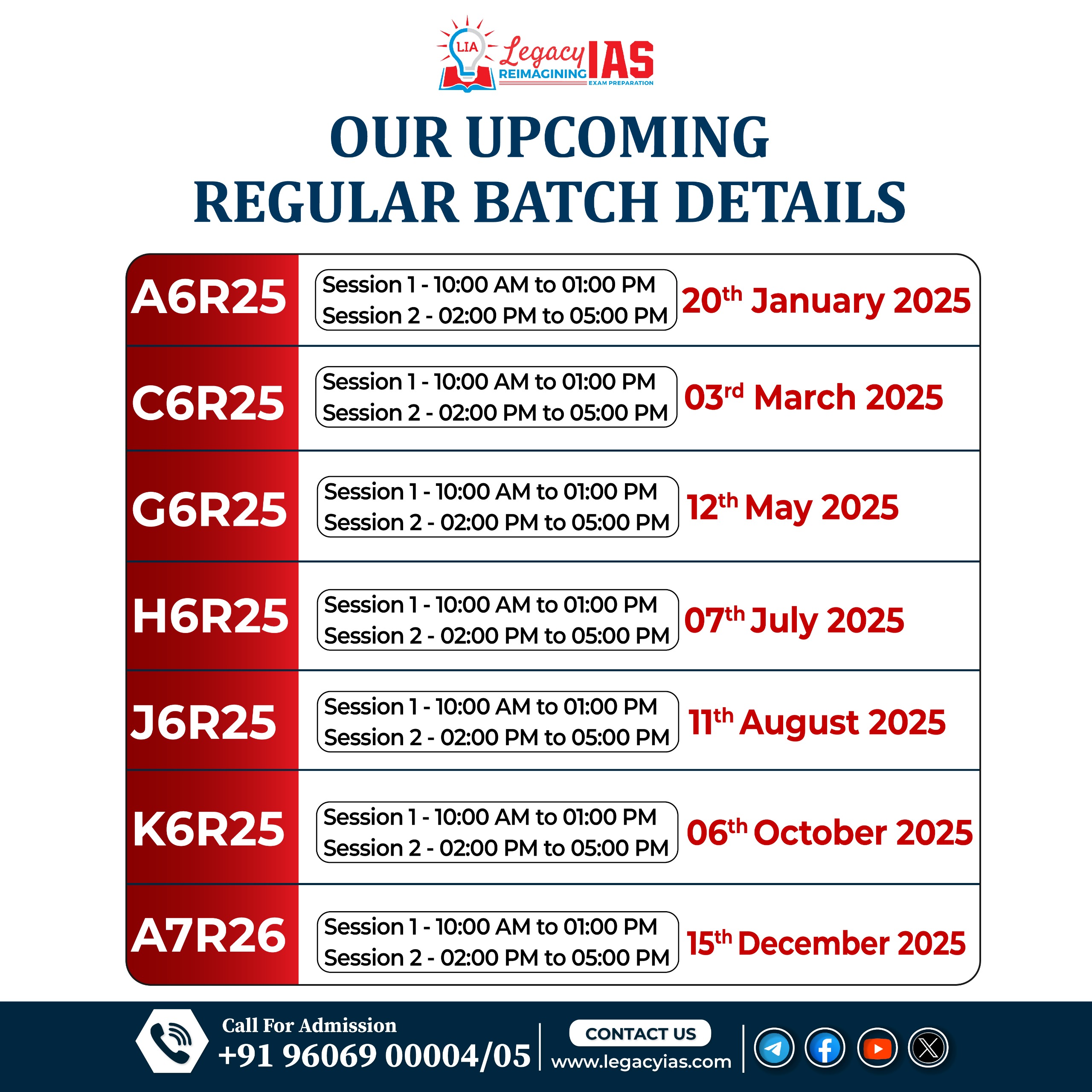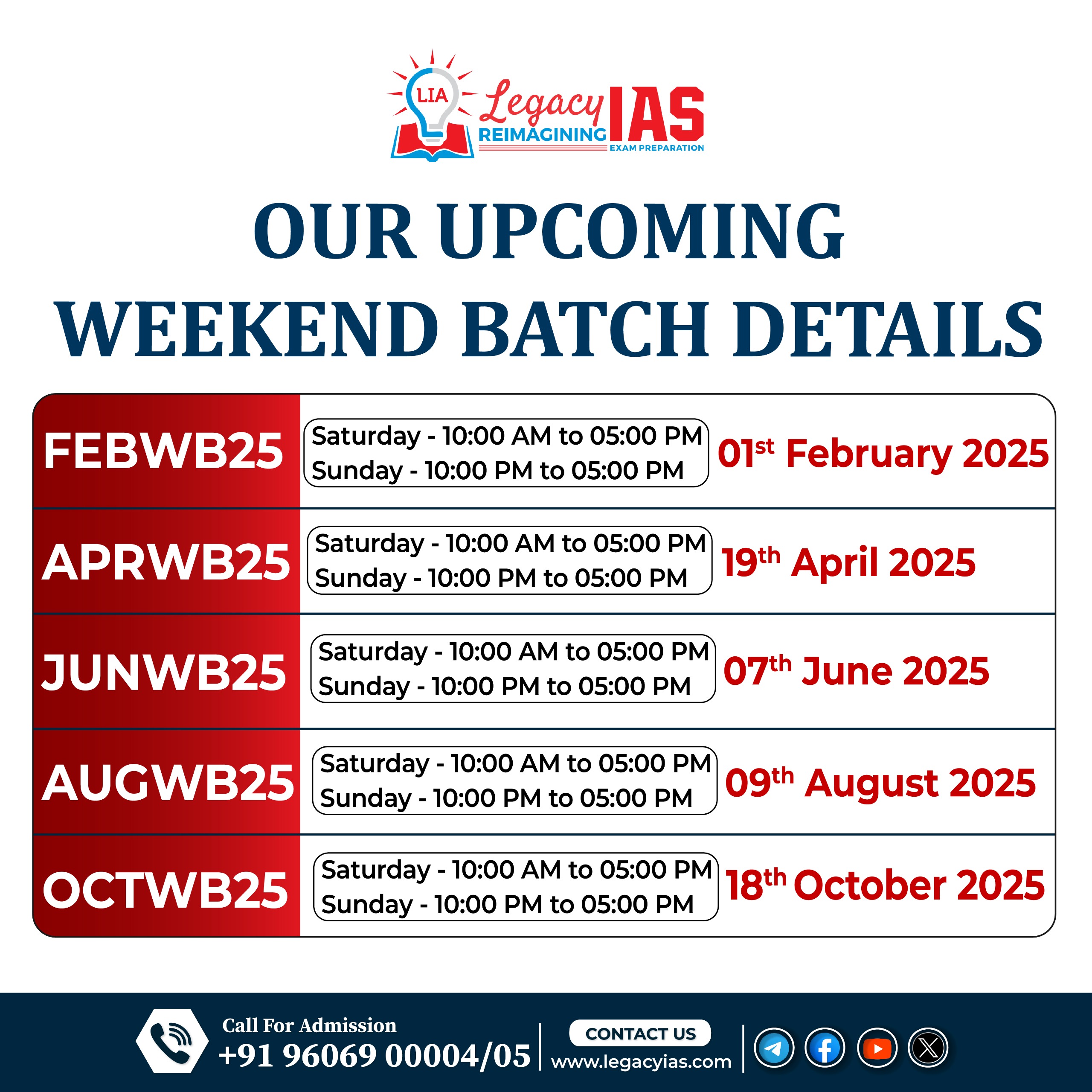Why in news?
- The Annual Status of Education Report (ASER) was released on 14th January.
- The report is based on a survey to assess learning outcomes in school-going children.
- The report was conducted in 26 districts across 24 states by education non-profit Pratham.
- It revealed gender disparity in parents opting for private schools over government schools for kids aged 4-8.
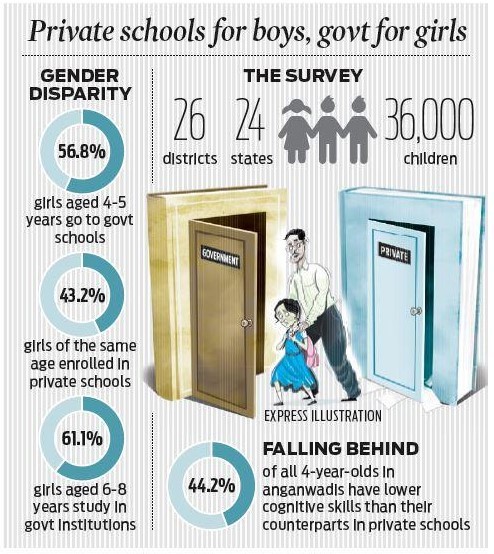
- The report shows at least 35% students lack age-appropriate skills; Education system is failing kids in 4-8 age group
- At least 25% of school children in the four-eight age group do not have age-appropriate cognitive and numeracy skills, making for a massive learning deficit at a very early stage.
- The government-run preschool system is losing out to private schools in terms of enrolment, said ASER 2019, which this year focuses on early education.
- The lack of age-appropriate skills is alarming as this gap at an early age can impact the entire education supply chain in India.
- Just 37.4% of children below six are able to recognize at least letters and only 25.6% can do additions, according to the report.
- Similarly, only 34.8% of children in Class II can read a text meant for the level below.
- And at Class III, only 50.8% can read texts meant for their juniors two levels below.
Highlights
- The report underlined the need to focus on the early years to improve the basics of education.
- A focus on the “breadth of skills” and activities that strengthen cognitive skills rather than formal subject-learning in the early years may generate substantial benefits for later academic performance, it said.
- The study also showed how a better education level among mothers can lead to better outcomes among children in preschools and early schools.
- The findings also showed that more girls are enrolled in government institutions and more boys in private institutions.
- Among four-five year-old children, 56.8% of girls and 50.4% of boys were enrolled in government schools or preschools, whereas 43.2% of girls and 49.6% of boys were enrolled in private preschools or schools, the survey found.
- The gap in enrolment between boys and girls is larger among 6-8 year olds, with 61.1% of all girls versus 52.1% of all boys in this age group going to a government institution.
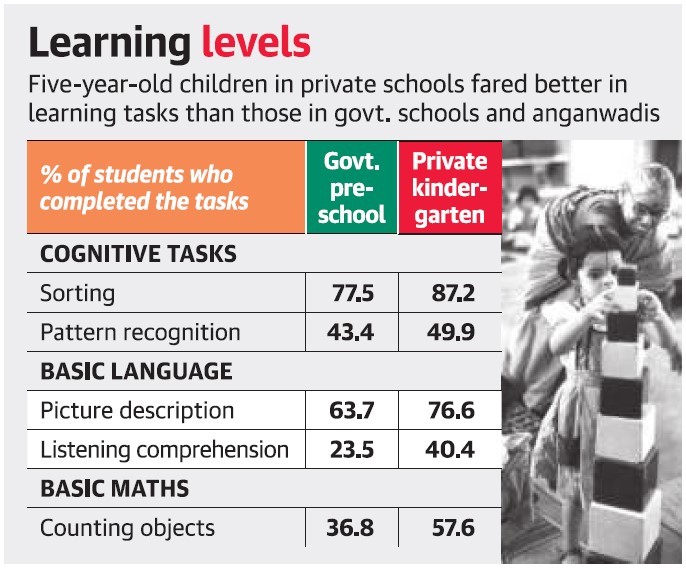
Way forward
- Most of the young mothers in the next decade will not be very young as the median age of marriage has increased over the years from 18.2 years in 2001 to nearly 21.7 in rural India and 23.4 in urban India by 2016. There is also the improvement of education among women. Such changes in the profile of young Indian mothers need to be taken into account when thinking of the education inputs to be designed for the young children.
- Coherence between central ministries is essential for improving early childhood education policymaking
- It is also better to encourage state and district administrations to have a greater say to make early education effective.
Background
- ASER stands for Annual Status of Education Report.
- This is an annual survey that aims to provide reliable estimates of children’s enrolment and basic learning levels for each district and state in India.
- ASER has been conducted every year since 2005 in all rural districts of India. It is the largest citizen-led survey in India.
- It is also the only annual source of information on children’s learning outcomes available in India today.
- ASER tools and procedures are designed by ASER Centre, the research and assessment arm of Pratham.
- The survey itself is coordinated by ASER Centre and facilitated by the Pratham network.
- The government preschool system is managed through the Centre’s Integrated Child Development scheme, under the ministry of women and child development, while schools come under the education ministries at the Centre and in the states.


